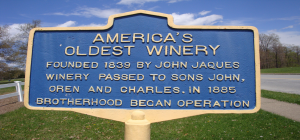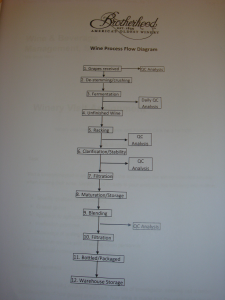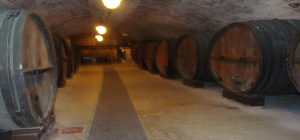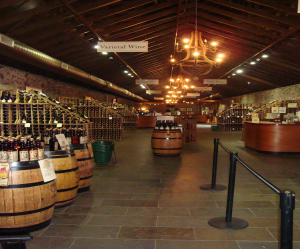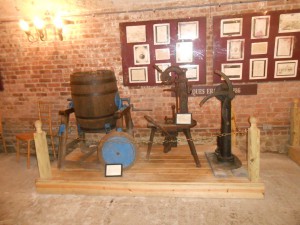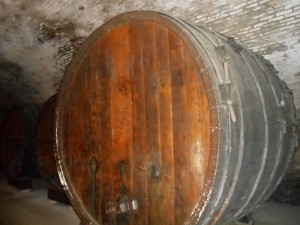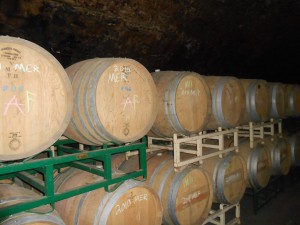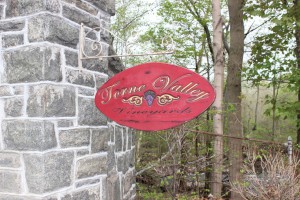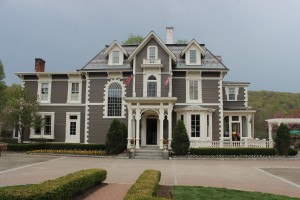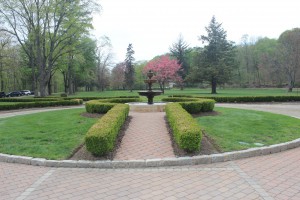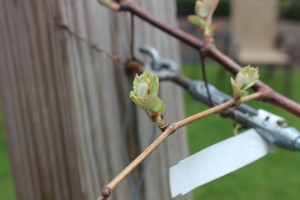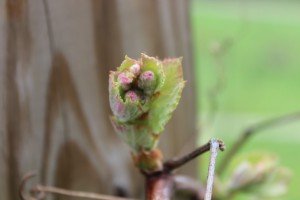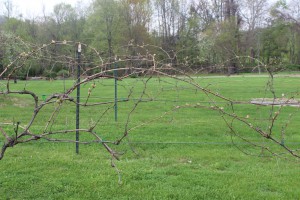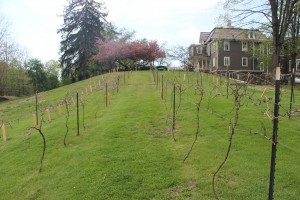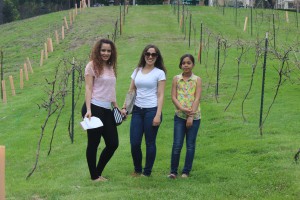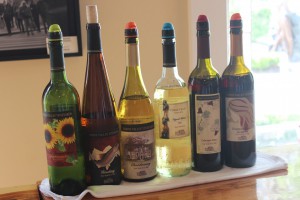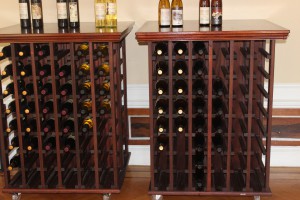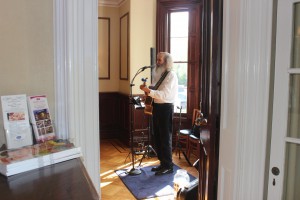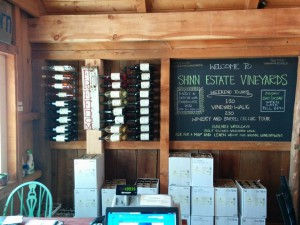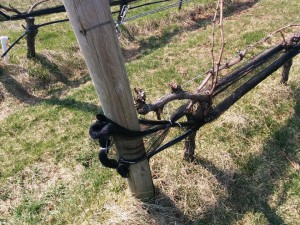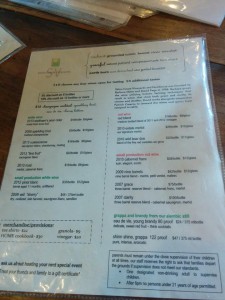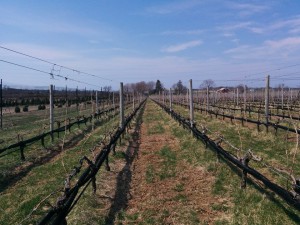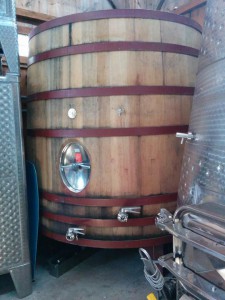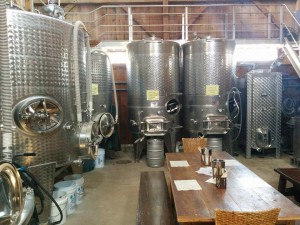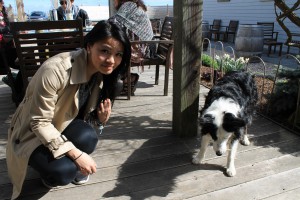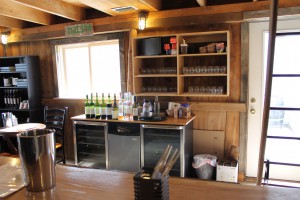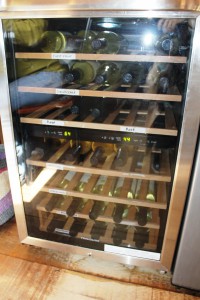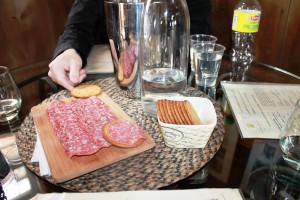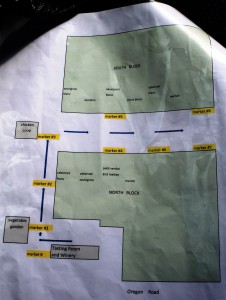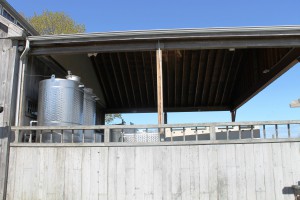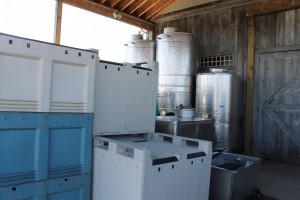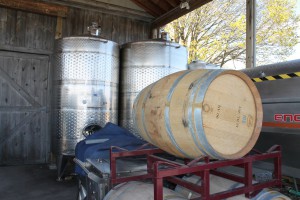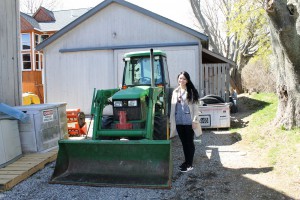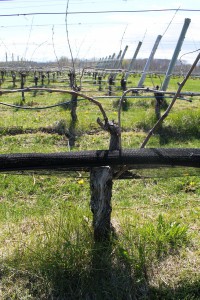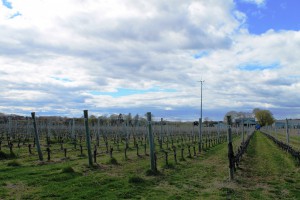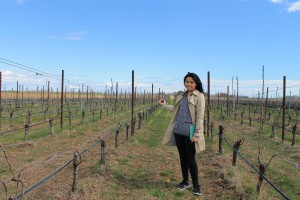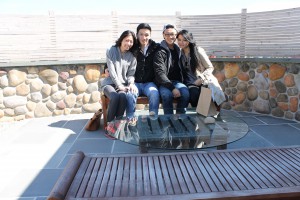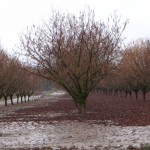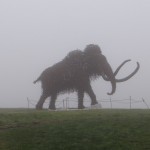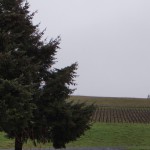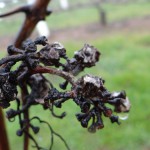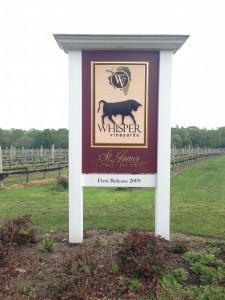 Whisper Vineyards is located in the heart of Smithtown at 485 Edgewood Avenue Saint James, New York 11780. The Whisper Vineyards are owned and operated by Steve, Laura and Barbara Perrota. I had the honor to meet with one of the owners of these vineyards, Mr. Steve Perrota. I introduced myself as a Hospitality student at NYC College of Technology to him and he was very nice.
Whisper Vineyards is located in the heart of Smithtown at 485 Edgewood Avenue Saint James, New York 11780. The Whisper Vineyards are owned and operated by Steve, Laura and Barbara Perrota. I had the honor to meet with one of the owners of these vineyards, Mr. Steve Perrota. I introduced myself as a Hospitality student at NYC College of Technology to him and he was very nice.
Mr. Perrota tells me that the grape varieties grown in his vineyards are: Chardonnay, Merlot, Cabernet Sauvignon, Cabernet Blanc and Pinot Gris. Mr. Perrota said that the last summer 2013 faced a loss of 95% of their Chardonnay and Merlot grape crop. To combat the desecration of their vineyards by birds this year they recently installed about 51,000 feet of protective mesh. This is a new technology which allows the leaves and vines to be exposed while encasing the grapes underneath. With this new procedure, the netting will eliminate the need for the customary use of the agricultural canon to deter the birds from eating the grapes.
I remember the first weeks of our wine class reading about “Clone”, well Mr. Perrota mentioned this too. He said that most of us think of a grape variety as one type of grape that is consistent from vine to vine. But in reality, each type of grape variety has many different “clones” that were derived from the same type of grape vine. He used an example of Merlot saying, existed dozens of merlot clones and each with its own unique personality and characteristics. One merlot vine may produce smaller grapes than another, which might produce a more tannic wine that a vine with larger grapes but they still both merlot grapes. Mr. Perrota said that many New York and Long Island growers plant a mixture of clones, which can help give wine more complex flavors and another example of how the winemaking process starts in the vineyard.
On January of this year, Whisper Vineyards became part of the Long Island Wine Council. Another interesting point was that while I read the label on the back of the bottles, I notice little words “Contains Sulfites”. Patricia Olstad, one of the tasting room personnel explained me that the “Sulfites” is a term for “sulfur dioxide” which is a preservative and widely used in winemaking. The consumption of sulfites is generally harmless she said, unless if you suffer from severe asthma. She explain me that any wine containing more than 10 parts per million of sulfur dioxide must affix to the label “contains sulfites”. Really interesting!
This family create a boutique vineyard store which opened in the late fall ’13. This nice store has a display of all the wines produced on the Whisper Vineyards. They have set up tables where you can enjoy wine with family or friends in a really nice environment. Also, the day that I visited they had live music with guitarist and singer Fred Maloney “The Human iPod”. All the tasting room personal was really nice and attentive.
Patricia show me the wines displayed on the store staring with the 2010 Reserve Red Cape which has 38% of Cabernet Sauvignon, 31% Cabernet Franc, 25% of Merlot and 6% of Malbec. This wine smells peppery and blackberries.
The 2008 Red Cape Blend is a medium bodied with a fine tannins wine; it has aromas of blackberries, violet and plums. It’s a blended of Cabernet Sauvignon, Cabernet Franc.
The 2010 Reserve merlot is a medium bodied with smooth tannins; it has aromas of cherries, black fruits, leather and smoky notes.
The 2008 Merlot is a medium bodied wine with soft tannins; it has aromas of cherries, vanilla and smoky notes.
The 2013 Sauvignon Blanc has a beautiful balance and structure with a crisp finish and aromas of grapefruit, lemons, kiwi, and herbs.
The 2011 Starting Rose has a soft and great balance between acidity and red berry notes; it has aromas of roses and strawberry preserve.
The 2013 Riesling has a great balance between acidity and sweetness with aromas of golden apple, citrus and tropical fruits.
The 2012 Pinot Gris has aromas of citrus and white flowers and its flavor of grapefruit and tart flavor.
The 2008 Chardonnay with an elegant finish and citrus and floral aromas make you pallet feel red apples and nuts.
The 2007 Reserve Chardonnay with a rich finish, this wine unoaked and medium bodied has aromas of honeysuckle and orange blossom.
I am really enjoyed this vineyard experience and I am sure that I will remember this unique class the rest of my life. This project makes this class really interesting and different from the other classes I have taken before. I hope anyone who read my project will enjoy as much as I did and if you have the opportunity to visit a winery, do it! Here the links on where you can check it out. http://www.newyorkwines.org and http://www.liwines.com Thank you to Professor Karen Goodlad for this amazing project!!

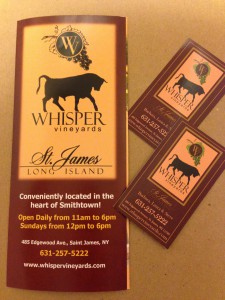
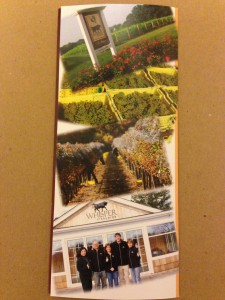


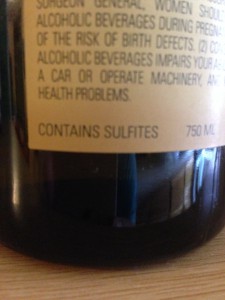

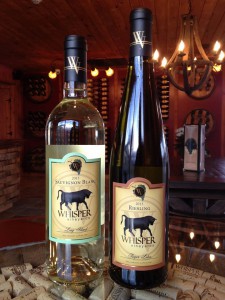
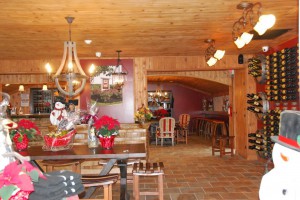


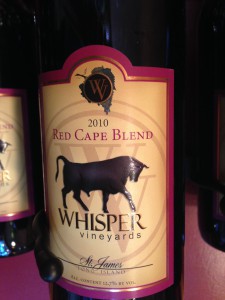
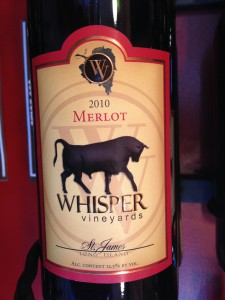
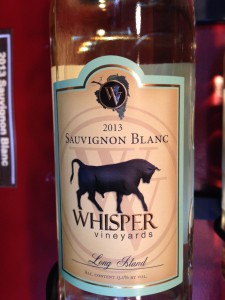
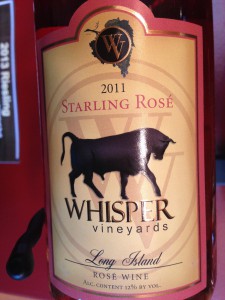

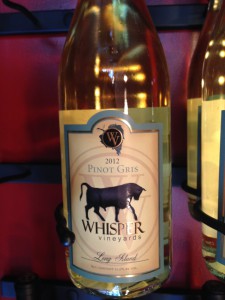
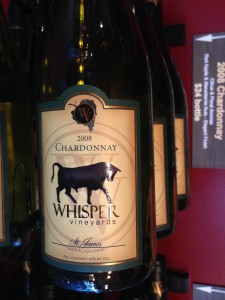

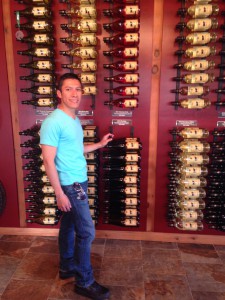
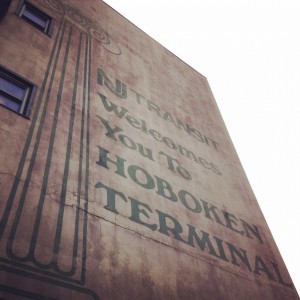
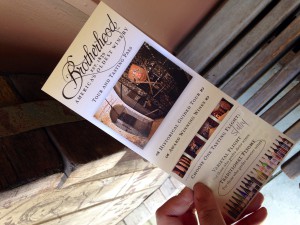
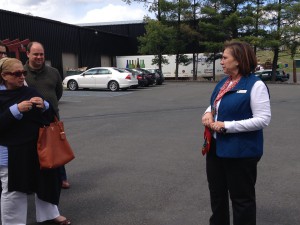
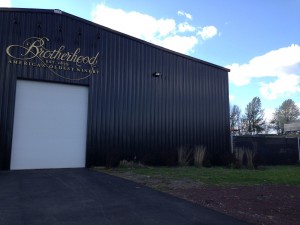
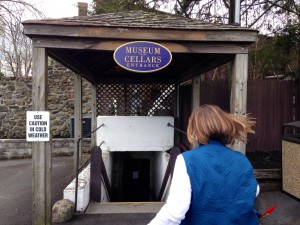
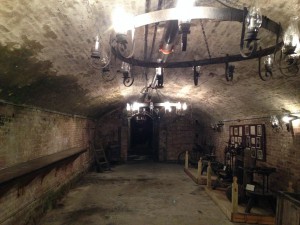
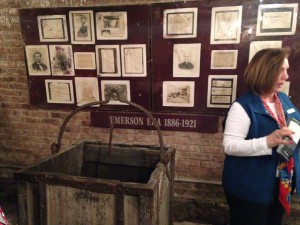
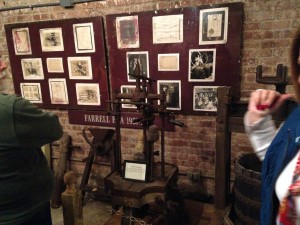
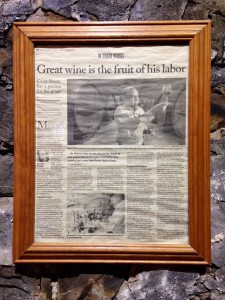
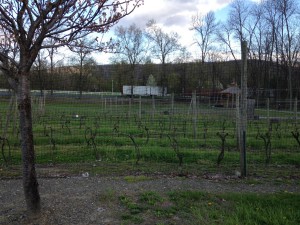
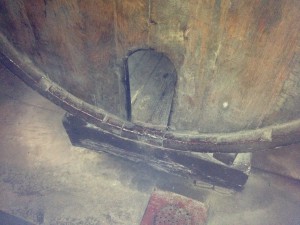
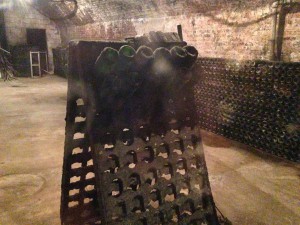
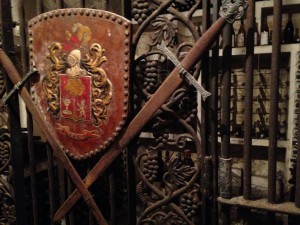
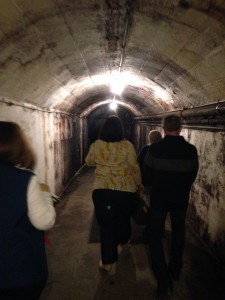
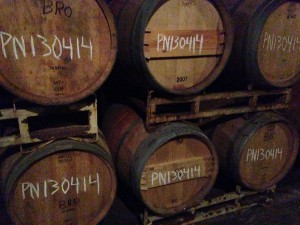
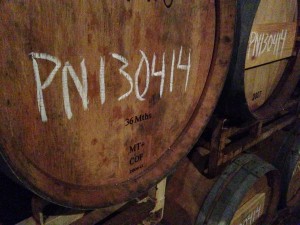
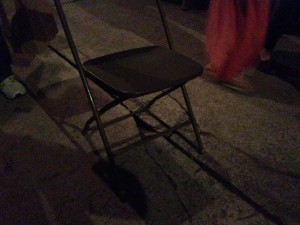
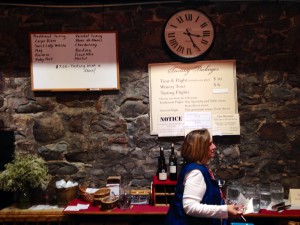
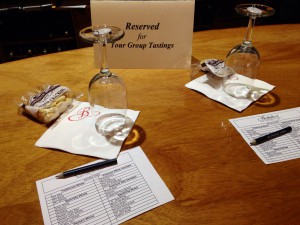
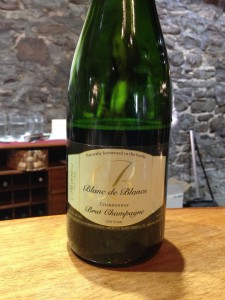
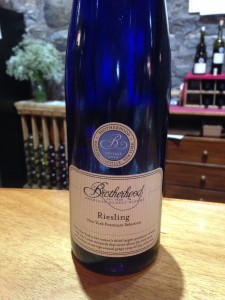
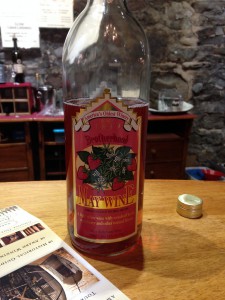
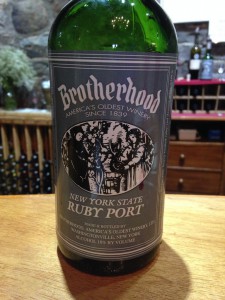
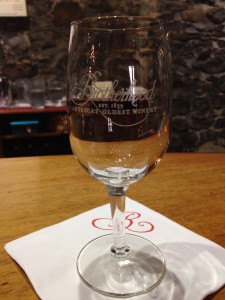
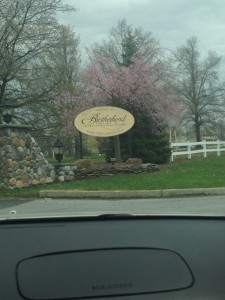 As we pulled into the parking lot I was not sure what to expect since I never paid attention to these tours as a kid. The buildings were made of stone and they seemed like they were from another time. We found signs that led us to where we needed to be to register for the first tour of the morning. The room was filled with wines for purchasing as well as other merchandise. There was also a long abnormal shaped high table. As we each paid for our ticket I decided I might as well do a tasting. The lady informed me there were two types of flights one being the Varietal flight, which featured more dry wines and the other being the traditional flight, which were a little sweeter. Since I have a sweet tooth I went with the sweeter flight.
As we pulled into the parking lot I was not sure what to expect since I never paid attention to these tours as a kid. The buildings were made of stone and they seemed like they were from another time. We found signs that led us to where we needed to be to register for the first tour of the morning. The room was filled with wines for purchasing as well as other merchandise. There was also a long abnormal shaped high table. As we each paid for our ticket I decided I might as well do a tasting. The lady informed me there were two types of flights one being the Varietal flight, which featured more dry wines and the other being the traditional flight, which were a little sweeter. Since I have a sweet tooth I went with the sweeter flight.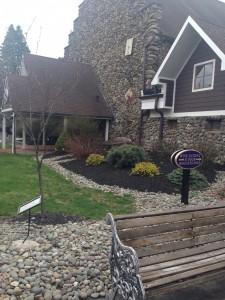 out the Grand Monarque Hall, which is now a banquet facility for private and corporate events. The Brotherhood Winery started with only this building and the first wines were produced there. As we continued to walk through the premises our next stop was outside of a room where the wines were tasted to make sure they are perfectly balanced. A few footsteps later, Joanne explained what we were looking at is a $250,000 machine that is responsible for bottling, sealing and labeling the wines. Due to the cost of this machine not every winery can afford to have one so the Brotherhood Winery uses their machine to bottle, seal and label wines for other wineries. After this, we walked past what looked like shrubs. Had I not known better I would of thought that it was a shrub, however, from studying wine I knew these were baby vines. The vines were planted from oldest to youngest with about six rows. There was Cabernet Sauvignon, Chardonnay, a French American hybrid and Sangiovese.
out the Grand Monarque Hall, which is now a banquet facility for private and corporate events. The Brotherhood Winery started with only this building and the first wines were produced there. As we continued to walk through the premises our next stop was outside of a room where the wines were tasted to make sure they are perfectly balanced. A few footsteps later, Joanne explained what we were looking at is a $250,000 machine that is responsible for bottling, sealing and labeling the wines. Due to the cost of this machine not every winery can afford to have one so the Brotherhood Winery uses their machine to bottle, seal and label wines for other wineries. After this, we walked past what looked like shrubs. Had I not known better I would of thought that it was a shrub, however, from studying wine I knew these were baby vines. The vines were planted from oldest to youngest with about six rows. There was Cabernet Sauvignon, Chardonnay, a French American hybrid and Sangiovese.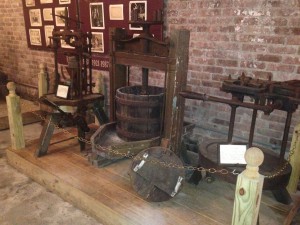
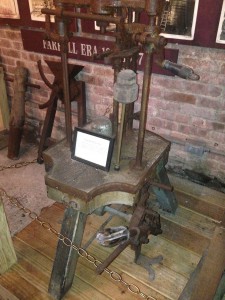 ity. There were various objects such as the wire hooder, which hammers the cork into the neck of the champagne bottles or the Agrafe machine, which places the wire cage over the champagne cork and twists it to hold it in place. The cellar smelled like a wet basement and as we continued walking the oak scent became prominent. We arrived at a room filled with large oak casks, then passed by a room filled with “champagne” that is produced by the Brotherhood winery. We then moved to a room with small oak barrels. There is a three to five year turnover for the barrels they use and each one costs $1000. We then exited the cellars and returned to the building we started from.
ity. There were various objects such as the wire hooder, which hammers the cork into the neck of the champagne bottles or the Agrafe machine, which places the wire cage over the champagne cork and twists it to hold it in place. The cellar smelled like a wet basement and as we continued walking the oak scent became prominent. We arrived at a room filled with large oak casks, then passed by a room filled with “champagne” that is produced by the Brotherhood winery. We then moved to a room with small oak barrels. There is a three to five year turnover for the barrels they use and each one costs $1000. We then exited the cellars and returned to the building we started from. The fun part came next, two from our group and three people from Minnesota did a tasting. We all chose to do a traditional flight. Traditional flights are for those who prefer sweeter wines. When I was told sweeter I did not anticipate how sweet and different these wines would be from what I tried in class. There were five wines that we tried: 1) Carpe Diem Spumante which is a sparkling wine that was light and pale in color with notes of floral and vanilla 2) Sweet Lolly White which was pale yellow, straw and tasted like candy 3) Sweet Lolly Red was translucent red with no rim variation and also very sweet tasting like candy 4) May Day was a light salmon pink color with light floral notes 5) Was made from with the concord grape and is good for sangria.
The fun part came next, two from our group and three people from Minnesota did a tasting. We all chose to do a traditional flight. Traditional flights are for those who prefer sweeter wines. When I was told sweeter I did not anticipate how sweet and different these wines would be from what I tried in class. There were five wines that we tried: 1) Carpe Diem Spumante which is a sparkling wine that was light and pale in color with notes of floral and vanilla 2) Sweet Lolly White which was pale yellow, straw and tasted like candy 3) Sweet Lolly Red was translucent red with no rim variation and also very sweet tasting like candy 4) May Day was a light salmon pink color with light floral notes 5) Was made from with the concord grape and is good for sangria.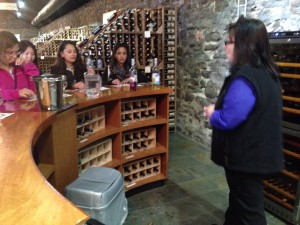 class. I thought the sweeter wines would have been less dry but instead they tasted like candy or over sugared Kool-Aid, which I did not expect. After the tasting was over we were given more information on what grape varieties are tasted for each flight. I would do the varietal flight instead because that includes Blanc de Blanc, chardonnay, and Riesling, merlot and pinot noir.
class. I thought the sweeter wines would have been less dry but instead they tasted like candy or over sugared Kool-Aid, which I did not expect. After the tasting was over we were given more information on what grape varieties are tasted for each flight. I would do the varietal flight instead because that includes Blanc de Blanc, chardonnay, and Riesling, merlot and pinot noir.